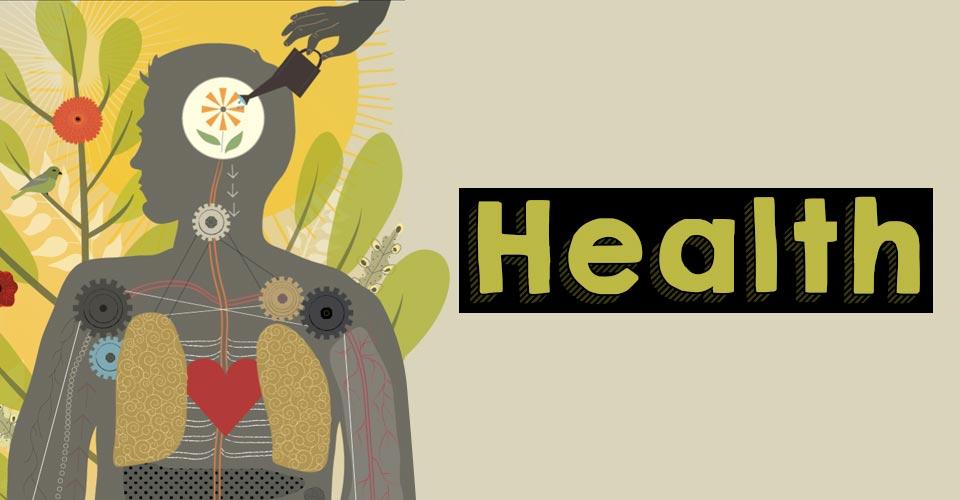Introduction:
Access to healthcare is a fundamental human right, yet millions of individuals living in rural communities around the world face significant challenges in accessing timely and quality healthcare services. Rural areas often lack healthcare infrastructure, including hospitals, clinics, and healthcare providers, leading to disparities in healthcare access and outcomes. Improving access to healthcare in rural communities is essential for promoting health equity, reducing healthcare disparities, and improving the overall health and well-being of rural populations. This article explores the unique challenges faced by rural communities in accessing healthcare, examines strategies for improving access to care, and highlights innovative approaches and initiatives aimed at addressing healthcare disparities in rural areas.
Challenges in Accessing Healthcare in Rural Communities:
Rural communities face a multitude of challenges in accessing healthcare, including:
Geographic Barriers: Rural areas are characterized by vast distances, rugged terrain, and sparse population densities, making it difficult for residents to access healthcare facilities and services. Many rural communities lack nearby hospitals, clinics, and healthcare providers, forcing residents to travel long distances to receive care, which can be costly, time-consuming, and burdensome, particularly for individuals with limited transportation options.
Healthcare Workforce Shortages:
Rural areas often experience shortages of healthcare professionals, including physicians, nurses, and specialists. Healthcare providers may be reluctant to practice in rural areas due to limited job opportunities, lower salaries, and professional isolation. As a result, rural residents may struggle to find primary care providers and may face delays in accessing specialty care services, leading to disparities in healthcare access and outcomes.
Limited Healthcare Infrastructure:
Rural communities may lack essential healthcare infrastructure, such as hospitals, clinics, and diagnostic facilities, due to resource constraints, funding limitations, and geographic isolation. In some cases, rural hospitals and clinics may be under-resourced and unable to offer a full range of services, forcing residents to seek care outside of their communities or delay necessary treatments.
Socioeconomic Factors:
Rural communities often experience higher levels of poverty, unemployment, and socioeconomic disparities compared to urban areas. Limited economic opportunities, lower educational attainment, and lack of health insurance coverage may contribute to barriers in accessing healthcare services. Rural residents may face financial constraints, affordability issues, and out-of-pocket costs when seeking medical care, further exacerbating healthcare disparities.
Telecommunication and Connectivity Challenges:
Rural areas may lack reliable internet access, broadband connectivity, and telecommunication infrastructure, limiting access to telehealth and telemedicine services. Poor connectivity and digital divide disparities may prevent rural residents from accessing virtual healthcare services, remote monitoring technologies, and teleconsultations with healthcare providers, hindering their ability to receive timely and convenient care.
Strategies for Improving Access to Healthcare in Rural Communities
Improving access to healthcare in rural communities requires a multi-faceted approach that addresses the unique challenges and barriers faced by rural populations. Some key strategies for improving healthcare access in rural areas include:
Enhancing Healthcare Infrastructure:
Investing in healthcare infrastructure, including hospitals, clinics, and primary care facilities, is essential for improving access to healthcare services in rural communities. Expanding healthcare facilities, upgrading medical equipment, and recruiting healthcare providers to practice in rural areas can help ensure that residents have access to essential medical services close to home.
Recruiting and Retaining Healthcare Professionals:
Implementing incentives and programs to recruit and retain healthcare professionals in rural areas is critical for addressing workforce shortages. Offering loan forgiveness programs, scholarships, and financial incentives for healthcare providers who practice in underserved rural communities can help attract and retain physicians, nurses, and other healthcare professionals.
Telehealth and Telemedicine Expansion:
Expanding access to telehealth and telemedicine services can help overcome geographic barriers and improve healthcare access in rural areas. Telehealth platforms enable rural residents to access virtual consultations, remote monitoring, and telemedicine appointments with healthcare providers, reducing the need for travel and increasing convenience for patients.
Mobile Healthcare Services:
Mobile healthcare units and outreach programs can bring healthcare services directly to rural communities, reaching underserved populations where they live. Mobile clinics, health vans, and community health outreach programs offer preventive care, screenings, vaccinations, and basic medical services to residents who may have limited access to traditional healthcare facilities.
Community Health Worker Programs:
Implementing community health worker (CHW) programs can improve healthcare access and health outcomes in rural communities. CHWs are trusted members of the community who provide culturally competent care, health education, and outreach services to underserved populations. CHWs play a vital role in connecting residents to healthcare resources, promoting preventive care, and addressing social determinants of health.
School-Based Health Centers:
Establishing school-based health centers in rural schools can improve access to healthcare services for children and adolescents. School-based health centers offer primary care, mental health services, preventive screenings, and counseling to students, addressing their healthcare needs and promoting academic success.
Transportation Assistance Programs:
Providing transportation assistance programs, such as subsidized transportation services, rideshare vouchers, and medical transportation programs, can help rural residents overcome transportation barriers and access healthcare services. Collaborating with community organizations, local governments, and transportation providers to offer affordable and accessible transportation options for healthcare appointments can improve healthcare access and reduce missed appointments.
Addressing Socioeconomic Disparities:
Addressing underlying socioeconomic factors, such as poverty, unemployment, and lack of health insurance coverage, is essential for improving healthcare access in rural communities. Implementing policies and programs to expand access to health insurance coverage, reduce out-of-pocket costs, and increase economic opportunities can help alleviate financial barriers to healthcare access.
Innovative Approaches to Addressing Healthcare Disparities in Rural Areas
In addition to traditional strategies for improving access to healthcare, innovative approaches and initiatives are emerging to address healthcare disparities in rural areas:
Telemedicine Networks and Hubs:
Telemedicine networks and hubs connect rural healthcare providers with specialists, tertiary care centers, and academic medical centers through telehealth technology. These networks facilitate remote consultations, second opinions, and telemedicine referrals, enabling rural providers to access expertise and resources that may not be available locally.
Remote Monitoring Technologies:
Remote monitoring technologies, such as wearable devices, smart sensors, and mobile health apps, enable remote patient monitoring and management of chronic conditions in rural populations. These technologies allow healthcare providers to track patients’ vital signs, medication adherence, and health behaviors remotely, enabling early intervention and personalized care.
Hub-and-Spoke Models of Care:
Hub-and-spoke models of care involve establishing centralized hub facilities with specialized services and resources, which are connected to smaller, satellite spoke sites in rural communities. This model enables rural residents to access a range of healthcare services locally while leveraging the expertise and resources of the hub facility for more complex care needs.
Mobile Health Clinics:
Mobile health clinics are equipped vehicles or trailers that travel to rural communities to provide healthcare services directly to residents. Mobile clinics offer a range of medical services, including primary care, preventive screenings, vaccinations, and chronic disease management, bringing essential healthcare services to underserved populations where they live.
Community Paramedicine Programs:
Community paramedicine programs leverage the skills and expertise of paramedics to provide expanded healthcare services in rural communities. Paramedics may conduct home visits, provide preventive care, medication management, and chronic disease monitoring, and facilitate referrals to healthcare providers, helping residents access timely and appropriate care.
Collaborative Care Models:
Collaborative care models involve interdisciplinary teams of healthcare providers working together to deliver integrated, patient-centered care in rural settings. These models promote collaboration, care coordination, and communication among providers, enabling comprehensive and holistic care for rural residents.
Conclusion:
Improving access to healthcare in rural communities is essential for promoting health equity, reducing healthcare disparities, and improving the overall health and well-being of rural populations. Addressing the unique challenges and barriers faced by rural communities requires a multi-faceted approach that leverages innovative strategies, technology, and community partnerships. By enhancing healthcare infrastructure, recruiting and retaining healthcare professionals, expanding telehealth and telemedicine services, and implementing innovative approaches to care delivery, we can ensure that rural residents have equitable access to timely and quality healthcare services. As we continue to innovate and collaborate, we can build a more inclusive, accessible, and resilient healthcare system that meets the needs of rural communities and improves health outcomes for all.






